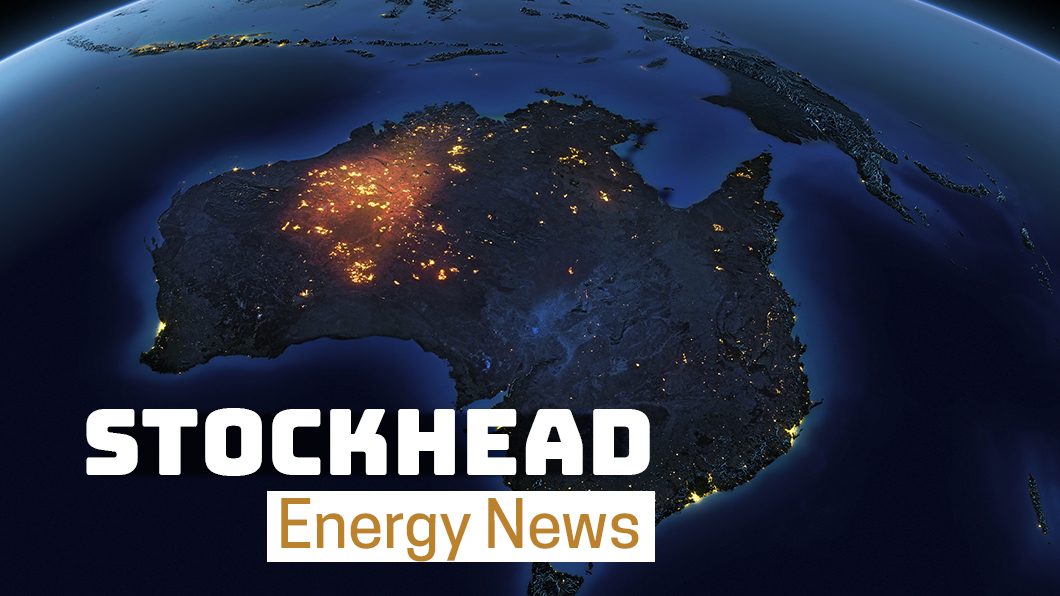Ammonia: A critical ingredient in fertilisers, but how do we reduce the emissions that come with it?

Pic: Matthias Kulka / The Image Bank via Getty Images
Ammonia plays a vital role as an ingredient in nitrogen fertilisers, which improve crop yields, and in turn helps to feed the worlds ballooning population.
The fertiliser industry is the by far the largest consumer of ammonia, with an estimated consumption of around 80 – 90% of global supply.
Ammonia is also used in the mining industry as an explosive, and has a broad range of applications in manufacturing as well as being used as an industrial refrigerant.
Its production however, which traditionally uses the Haber Bosch process – where natural gas is used to split nitrogen molecules apart to form ammonia, is considered one of the world’s largest, single carbon emitters.
The Haber Bosch process has been used for over a century because it’s cheap, and although this method is cost efficient, it generates huge amounts of CO2 – about two tonnes of CO2 per tonne of ammonia, due to its heavy reliance on fossil fuels.
According to the International Energy Agency (IEA), global ammonia production today accounts for about 2% or 8.6 EJ of total final energy consumption, resulting in a carbon footprint of 450 mt of CO2 – which it says is equivalent to the total emissions of South Africa’s energy system.
The problem is as population numbers continue to rise, more ammonia production will be needed to support the worlds growing population by way of increasing food production, all at a time when governments the world over are rapidly shifting focus towards reducing greenhouse emissions and reaching net-zero targets.
Could there be another way?
The industry’s current trajectory looks unsustainable, but the Ammonia story isn’t all doom and gloom.
Progress on near-zero emissions technologies is being made in the areas of electrolysis, methane pyrolysis and fossil-based routes with carbon capture and storage (CCS) with the aim to drastically reduce the Ammonia production’s CO2 output.
WA-based Strike Energy (ASX:STX) is one company looking to flip the script by using green hydrogen as a feedstock to produce urea, an ammonia fertiliser product at its $2.3 billion Project Haber in Geraldton, Western Australia.
The oil and gas company has recently completed a pre front-end engineering and design (pre-FEED) study for a 1.4 mtpa ammonia to urea production facility, and is working towards completing engineering studies in 2022 before construction is set for early 2023.
Urea is made through the chemical reaction of carbon dioxide and ammonia, creating the fertiliser that is scattered on grass or wheat fields to help plants to grow.
As highlighted in the IEA’s Ammonia Technology Roadmap “CO2 from urea use – around 130 Mt CO2 in 2020 – adds to the total CO2 emissions of the agricultural sector if derived from fossil fuels, as it is currently”.
“For context, this is equivalent to about 30% of the total emissions generated from ammonia production, a substantial quantity when considering global objectives to reach net zero emissions.”
Speaking with Stockhead, Strike Energy chief development officer Crispin Collier said the company is trying to reduce its carbon footprint in several ways.
Firstly, the company is looking to integrate ‘green hydrogen’ at the project through its own 10 megawatt electrolyser, which — once operational — is intended to produce 1,825 tonnes per annum of green hydrogen or 2% of the total hydrogen feedstock of the plant.
Collier said: “Over time, we hope to significantly increase the proportion of green hydrogen in the mix, through our MOUs with Infinite Blue and ATCO.”
“Geothermal resources in the Perth Basin are also being evaluated, which if developed would supply base load power to Strike’s operations, as well as the Southwest Grid, offsetting and reducing our carbon footprint even further.”
Domesticating supply chains to reduce CO2
As it stands, Australia currently imports urea across long supply chains from Qatar, Saudi Arabia, and China, emitting on average about 0.93 tonne of CO2 per tonne of urea.
“Urea supplied locally from Project Haber could reduce the CO2 intensity from 930 kg per tonne to 370 kg per tonne,” Collier said.
“This comes simply from domesticating our supply chains and manufacturing locally instead of importing,” he added.
“Urea from China has a particularly high carbon footprint as it is primarily manufactured using coal.”
He said 1.4 million tonnes of urea – which Strike Energy intends to produce per year, is around 2/3 of the annual urea consumption of Australia.
Having that urea manufactured locally in Australia dramatically shortens those supply chains, and increases the security of supply for Australian farmers.
“When urea is produced here in Western Australia it travels about 100 kilometres from the gas source to the plant and another couple of kilometres from the urea factory to the farms in Western Australia, compared to 10,000 km’s from the middle east,” he said.
“Which is a significant reduction in the CO2 supply chain.”
Technological advances
Strike Energy is also planning to use SynCOR auto-thermal reforming technology by Danish company Haldor Topsoe, which is aiming to become the global leader in technologies to reduce carbon.
Haldor Topsoe claims the ‘SynCOR’ solution is a “technology breakthrough” in the ammonia industry.
Where most ammonia plants rely on conventional two-step reforming based on tubular steam methane reforming and an air-fired secondary reformer, Haldor Topsoe says the SynCOR technology is a process based on oxygen-fired autothermal reforming.
“In that process, the CO2 production per tonne of ammonia is significantly less than the conventional standard steam methane reforming process,” Collier said.
The International Energy Agency states that auto thermal reforming technology “may become the preferred technology for new build natural gas facilities where the aim is to achieve near-zero emissions ammonia production.”
“Capturing the concentrated emissions alone would reduce ammonia production emissions via the auto-thermal reforming route by 90%,” the agency says.
Where to from here?
Much of the heavy lifting required to reduce emissions is done through implementing near-zero emission technologies, but the majority of these technologies are not yet available withifn the marketplace.
The IEA argues that new infrastructure needs to be deployed at a rapid clip, and while some governments have adopted carbon pricing regimes and are funding innovation, emissions continue to rise.
In that sense, greater ambition is needed.
Nonetheless, Collier said most people don’t realise the importance of these nitrogen fertilisers to plants and what it means to the world.
“There are about 8 billion people on the planet, but without nitrogen fertilisers we would only be able to feed 4 billion,” he said.
“The huge positive is that we are feeding 4 billion people as a result of ammonia and urea, and the negative is the emissions of CO2. But using natural gas and Haldor Topsoe technology means we can dramatically reduce the amounts of CO2 that is emitted from ammonia plants.”
UNLOCK INSIGHTS
Discover the untold stories of emerging ASX stocks.
Daily news and expert analysis, it's free to subscribe.
By proceeding, you confirm you understand that we handle personal information in accordance with our Privacy Policy.








